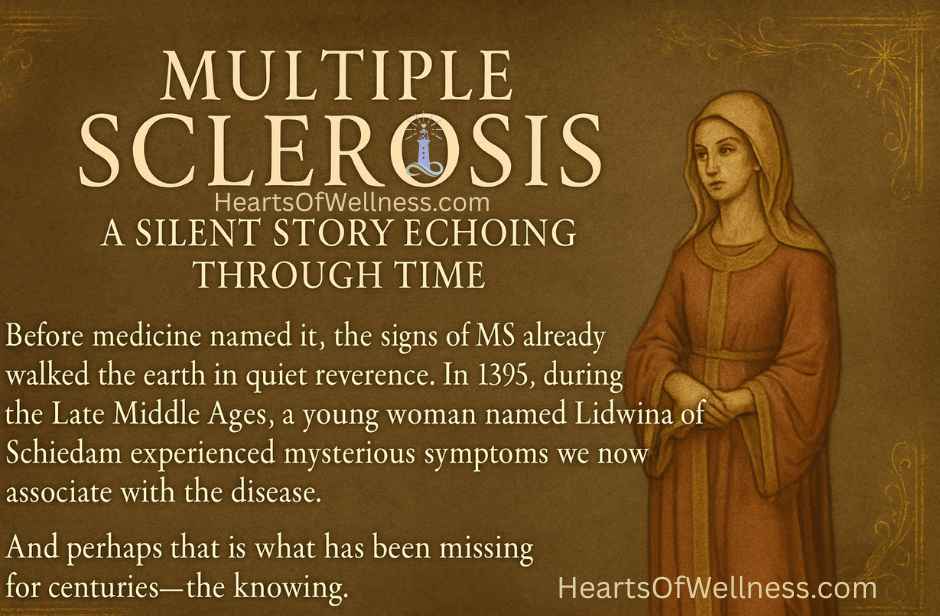To understand hunger, you don’t need to look any further than the mechanism by which babies regulate their consumption of milk, or toddlers regulate their consumption of food. If you think about it, both infants and toddlers decide on their own when to eat, what to eat, and how much to eat to thrive physically, mentally, and emotionally. When you were an infant and then a toddler, this is what you did. So today, to lose weight, you need to alter your eating habits, so you can eat as you did decades ago. I call it “eating like a toddler.”
Infants and toddlers only eat in response to the “hunger signal.” And they stop eating in response to the “satiation signal.” They do not keep eating even if there is food left on the plate. Let me define these two signals.

Hunger signal: Have you ever wondered about the fact that you can never predict precisely when you are going to feel hungry? You probably know, logically and from experience, that you tend to eat every few hours, but what causes the brain to generate the actual sensation of hunger? I suggest that hunger is the feeling that the brain produces to indicate when your body needs nutrients. However, with the body needing over 100 different nutrients for healthy functioning, what makes the brain decide when to create the sensation of hunger?
In my view, the brain is likely responding to cells throughout the body, calling for a variety of nutrients, not just a single one. When the total need for nutrients reaches some threshold level, the brain generates that very recognizable sensation of hunger you feel. To lose weight, see if you can avoid eating until you truly feel hungry.
Satiation signal: We usually do not drink liquids until our stomach is full. We stop drinking when our thirst is quenched, according to a signal the brain sends us. Similarly, the brain actually sends us a signal that we have eaten enough. If you pay attention to chewing your food, you will notice that the taste of the food you are eating becomes less and less enjoyable. This is the brain telling you that, for the present moment, enough needed nutrients from that food have entered the body.
The problem is, most of us get used to eating until our stomach is full. Even if we do not enjoy the food as much as those first bites, we keep eating until the stomach sends a signal to the brain, saying “Enough, I can’t take in any more, please stop.” This is effectively a backup signal that the brain sends to stop eating.

Why do so many people disregard the loss of enjoyment signal and keep eating until the full stomach signal alerts them?
In my view, it has to do with the habit of overeating we have developed in our youth when there appear to be no consequences. The brain can’t alert you, during a meal, to the long-term consequences of overeating. We do not usually gain much weight at that age, nor incur high blood sugar, so we start believing that overeating is all right once in a while. Later it becomes a regular eating pattern.
To lose weight, you must therefore become conscious of when you are truly hungry and when your brain signals you to stop eating. Think, as I have said, that you need to start “eating like a toddler.”
As a best-selling author and Nationally Syndicated Columnist, Dr. John Poothullil, advocates for patients struggling with the effects of adverse lifestyle conditions.
Dr. John’s books, available on Amazon, have educated and inspired readers to take charge of their health. There are many steps you can take to make changes in your health, but Dr. John also empowers us that we must demand certain changes in our healthcare system as well. This article is an excerpt taken from “Diabetes: The Real Cause and the Right Cure”, now available in a second edition.
Follow or contact Dr. John at drjohnonhealth.com.
John Poothullill practiced medicine as a pediatrician and allergist for more than 30 years, with 27 of those years in the state of Texas. He received his medical degree from the University of Kerala, India in 1968, after which he did two years of medical residency in Washington, DC and Phoenix, AZ and two years of fellowship, one in Milwaukee, Wisconsin and the other in Ontario, Canada. He began his practice in 1974 and retired in 2008. He holds certifications from the American Board of Pediatrics, The American Board of Allergy & Immunology, and the Canadian Board of Pediatrics.During his medical practice, John became interested in understanding the causes of and interconnections between hunger, satiation, and weight gain. His interest turned into a passion and a multi-decade personal study and research project that led him to read many medical journal articles, medical textbooks, and other scholarly works in biology, biochemistry, physiology, endocrinology, and cellular metabolic functions. This eventually guided Dr. Poothullil to investigate the theory of insulin resistance as it relates to diabetes. Recognizing that this theory was illogical, he spent a few years rethinking the biology behind high blood sugar and finally developed the fatty acid burn switch as the real cause of diabetes.Dr. Poothullil has written articles on hunger and satiation, weight loss, diabetes, and the senses of taste and smell. His articles have been published in medical journals such as Physiology and Behavior, Neuroscience and Biobehavioral Reviews, Journal of Women’s Health, Journal of Applied Research, Nutrition, and Nutritional Neuroscience. His work has been quoted in Woman’s Day, Fitness, Red Book and Woman’s World.Dr. Poothullil resides in Portland, OR and is available for phone and live interviews.
To learn more buy the books at: amazon.com/author/drjohnpoothullil
Visit drjohnonhealth.com to learn more. You can also contact him at john@drhohnonhealth.com.
Or follow us on:
Instagram: instagram.com/DrJohnOnHealth
Facebook: facebook.com/JohnOnHealth /
Twitter: twitter.com/DrJohnonHealth
Youtube : @DrJohnPoothullil






